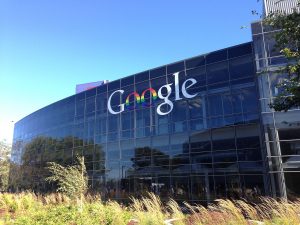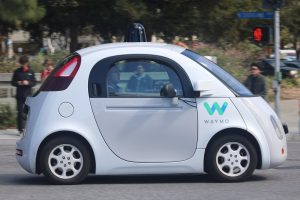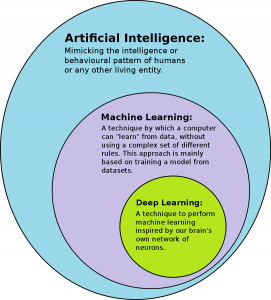Google is about making a revolution in the medical world. They have obtained a patent to process patient diagnostic data using artificial intelligence (AI). This will align the contents of clinical notes written in different styles to the same format. Organizing clinical notes makes it easier for medical institutions to share patients’ information on Electronic Health Records (EHR). In addition to preventing misdiagnosis due to oversight of treatment plans and medical history, the prediction of diseases and illnesses can be done using data analysis.

Image: Runner 1928/Wikimedia
EHR
EHR has been generalized among US medical institutions to compile and store the patients’ data. A most important part of EHR data is a clinical note that provides all the information from a patient’s medical history to diagnosis and treatment planning.
However, the way medical professionals write a clinical note is different; some notes are handwritten whereas some of them are voice memos. Unorganized clinical notes can lead to information oversights and data duplication, which can affect clinical outcomes.
The patent that Google obtained uses a neural network to edit, to systematize, and to interpret unorganized clinical notes so that doctors can make accurate diagnoses.

Image: Own Work/Wikimedia
How the System Works
The patent explains the system called “future health prediction system” that uses neural networks to capture patient data from clinical notes and to interpret the data. It then shows the patient’s diagnosis and findings on future health risks.
One of the abilities of the system is calculating the risk of a certain disease. The system extracts the medical history from the patient’s EHR and converts the data to a variable that the neural network can recognize and process. If the system finds, for example, a disease A in his/her family’s medical history, then it points out that the patient is at a higher risk of developing this disease.
This system will also be useful for preventive care. For example, if a family doctor introduces this system to show patients risk factors for various illnesses based on medical records, it will be able to predict the possibility of certain diseases such as heart attack and stroke in the future. This will allow them to make more preventive decisions, such as recommending a low-salt diet or requesting the use of certain medications, which may reduce the patient’s risk of developing the disease in the future.

Source: Google
Why is this important?
Doctors who do not have a complete record of the patient may make an incorrect diagnosis, which could result in an inadequate treatment plan for the patient. The system helps doctors diagnose a patient’s specific illness by simplifying and supplementing the diagnostic process and improving the accuracy of the diagnosis.
These patents haven’t been put to practical use yet, but there is no doubt that they will make a big difference in medical care soon.
ーShunya Sunami


